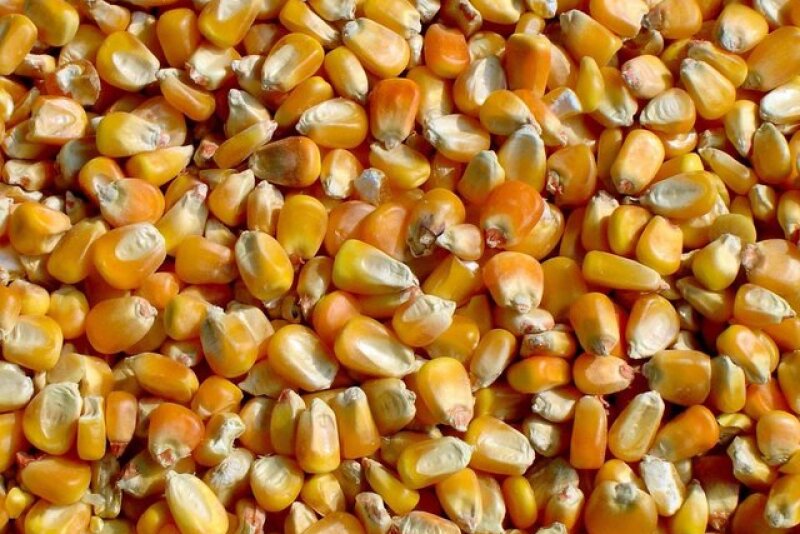A year ago, a bumper U.S. crop was seen as crumpling the world balance sheet, 2024-25 ending stocks to 311.6 MMT, the second highest level in five years. Today, the balance sheet is seen as tightening to 284.2 MMT for 2024-25, the tightest since 2014-15. Despite the dramatic shift in the world balance sheet, continuous corn futures are trading at nearly the same spot as they were a year ago.
The tightening world balance sheet shows little reprieve in 2025-26. The world balance sheet is tightening even more to 272.1 MMT. The world stocks-to-use ratio is seen as falling to 21.5% in 2025-26, down from 22.8% in 2024-25 and the tightest since 2012-13 when drought plagued U.S. supplies. That comes despite estimated production, yield and supplies at records.
Brazil has stepped up domestic consumption in the last several years, offsetting a significant increase in their boost in production. After production totaled 102 MMT in 2019-20 in Brazil, exports totaled around 32% of total supplies while domestic consumption totaled 62% of total supplies. Anticipated exports for 2025-26 are expected to total 30.6% of total supplies while domestic consumption is expected to cover 66.9% of total supplies. Exports have seen a modest decline in terms of total supplies while domestic use covers a larger portion. That leaves a smaller portion of the crop available for export, leaving room for U.S. supplies in the world marketplace. That shift to greater domestic consumption and fewer exports is counter trend to what has been seen over the past two decades. Brazil is building additional infrastructure for the production of biofuels domestically, which, if continued, will only further reverse the long-term trend.
Argentina historically competes against the U.S. for corn exports as well. Exports are seen as rather steady, with little change in use over the past several years in Argentina. Where Argentine corn falls behind however, is in production. Following the crop disaster in 2022-23, Argentina has struggled to break back into the production levels seen before the historic drought. Paired with hyper-inflation and political turmoil, a lot of uncertainty for Argentine producers has discouraged active investment and the nation’s producers have put forth more effort in growing and marketing soybeans, further leaving the door open for U.S. crops on the world market.
Acreage has dominated price action in U.S. corn with traders largely ignoring current bullish U.S. and global fundamentals. Recent overly tight tassel wrap news has flooded the marketplace. If pollination proves to be a problem and the 2025 corn crop does not live up to lofty expectations, it would quickly further tighten the world balance sheet at a time when most of the world’s supplies are coming from the U.S. The upcoming Pro Farmer Crop Tour will give key insight into how widespread pollination issues are, as well as how high overnight temps affect grain fill.




